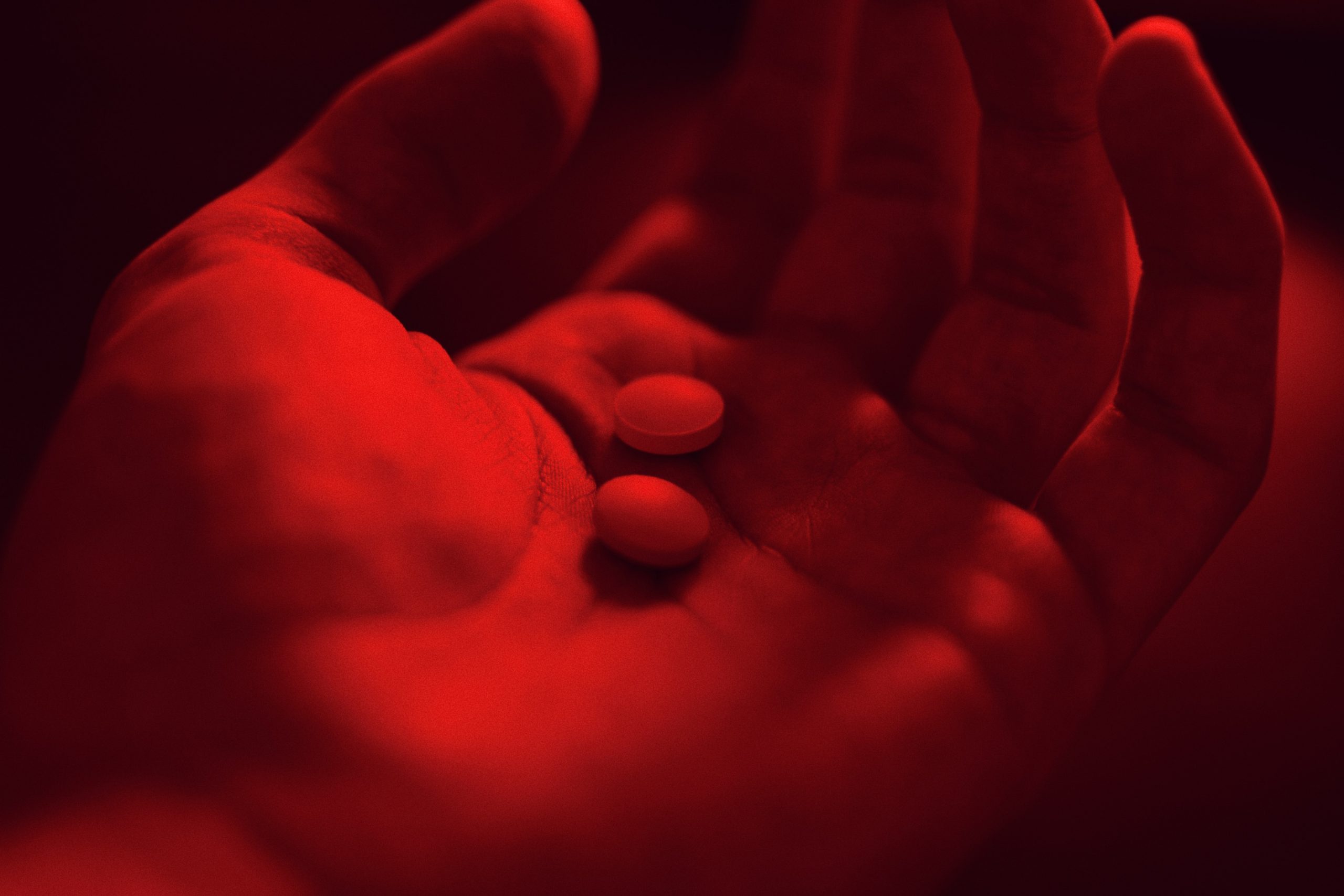Written by Amy Nguyen and Edited by Mehr Kaur Bawa

Photo by Dmitry Bayer on Unsplash
The busy life of a college student often requires balancing classes and studying with co-curriculars and a social life. As a result of juggling many responsibilities, students can feel exhausted. To keep up with this fast-paced lifestyle, some use a drug called Adderall without a prescription. Adderall is a stimulant prescribed to individuals with attention deficit hyperactivity disorder (ADHD) or attention deficit disorder (ADD). This supplement works by increasing dopamine levels in the brain, which helps create a calming and focused feeling in those with ADHD [3]. Since many children are diagnosed with ADHD and prescribed the drug at a young age, they are exposed to its adverse side effects and are at a high risk for potential addiction. Continued use through high school and college also exposes non-patients to these prescription drugs as well, giving them easy access.
Some college students illicitly use Adderall to help them study or get “high.” The accessibility of the drug is harmful–with increased exposure, the potential harmful side effects can accumulate. College students are under the misconception that Adderall use improves concentration, and subsequently, academic performance [4]. Some even believe that Adderall increases wakefulness, allowing them to stay awake longer to study, attend club meetings, or party. For non-ADHD individuals who already have normal levels of dopamine and norepinephrine in their brains, using Adderall can increase the levels of these naturally produced chemicals. As a result, individuals can experience jitteriness, insomnia, decreased blood circulation, as well as impaired vision [4].
Many national studies have analyzed the trends of prescription stimulant abuse in relation to demographics such as gender, race and ethnicity, and location [2]. The Harvard School of Public Health College Alcohol Study (CAS) surveyed US college students from 4-year universities around the nation. The study found that college students who were in fraternities or sororities and had low GPAs tended to abuse prescription stimulants [2]. Another study found that approximately 20% of college students ingest stimulants that are not prescribed to them [1]. As prescription stimulants become more common on college campuses and availability increases, the risk of abuse only increases.
There are many consequences of abusing Adderall, including harmful health effects and addiction. Because it is not a controlled substance, students can become dependent on this substance, which can lead to the use of “harder” stimulant drugs. There are more natural alternatives to stimulants, such as coffee or tea, which can help individuals stay awake without severe side effects. Raising awareness about prescription stimulant abuse can not only educate college students, but also help provide more resources for those who are impacted by the effects. Furthermore, creating dialogue about this issue can help students become more cognizant about time management and sleeping habits.
References:
- Kennedy, S. (2018). Raising Awareness About Prescription and Stimulant Abuse in College Students Through On-Campus Community Involvement Projects. Journal of Undergraduate Neuroscience Education. 17:A50–A53.
- McCabe, S.E., Knight, J.R., Teter, C.J., Wechsler, H. (2005). Non-medical use of prescription stimulants among US college students: Prevalence and correlates from a national survey. Addiction. 100:96–106.
- Sherzada, A. (2012). An Analysis of ADHD Drugs: Ritalin and Adderall. JCCC Honors Journal. 3:1–15.
- Varga, M. D. (2012). Adderall Abuse on College Campuses: A Comprehensive Literature Review. Journal of Evidence-Based Social Work. 9:293–313.
